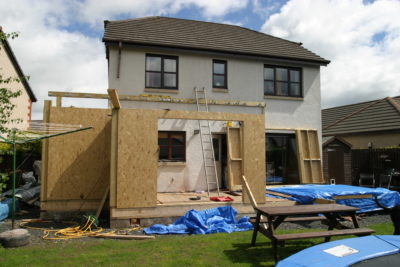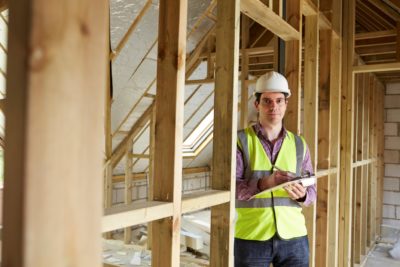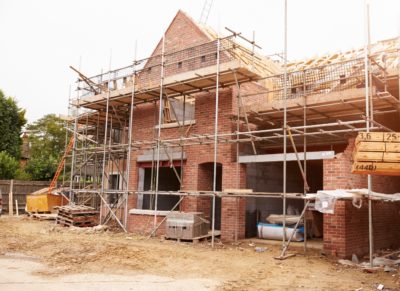Everything You Need to Know About Insurance & Warranties
Site insurance and structural warranties are both forms of project insurance and might sometimes be sold together by a single provider.
They are, however, completely different products: site insurance will protect against issues arising on site before and during your build, whereas a structural warranty is there to cover you for any failure in the building structure once it has been completed.
Will you need site insurance?
Even if no physical work is taking place on your site, it must be insured. Take advice from your broker if it’s a field and of agricultural status, because a separate policy to cover basic public liability could be enough.
This will protect you against someone entering the land, hurting themselves in a ditch and then launching a claim against you for loss of earnings while their broken bones mend.
Free Advice about your ProjectTalk to the experts about your project and learn from their years of experience at Build It Live. Watch live presentations on a variety of topics and meet hundreds of suppliers, from glazing specialists to build system suppliers and insurance providers. Build It Live takes place three times a year in Kent, Oxfordshire and Exeter. The next show will be on 8th and 9th June 2024, in Bicester, Oxfordshire. Claim a pair of free tickets today and start planning your visit. |
If your site has an existing dwelling then a public liability policy element becomes a necessity, as there are many more potential perils inherent in empty older buildings. However, there may also be some value in the bricks and mortar, so your interim policy may take the form of a more traditional form of buildings insurance.
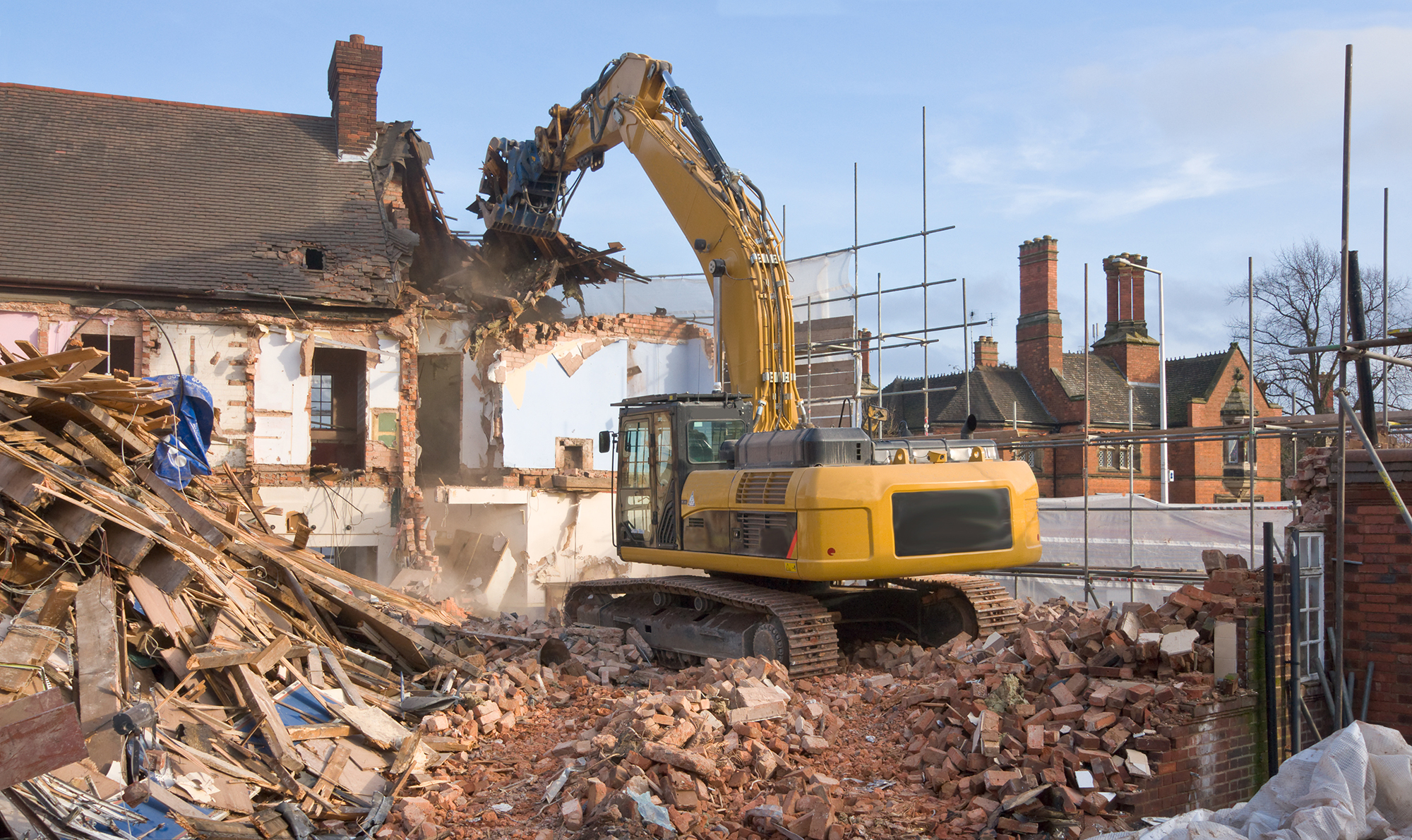
If you want to extend and refurbish an existing property then you might be tempted to upgrade a traditional building insurance policy (with the underwriter’s consent) to cover the subsequent works. This may be possible for simple schemes but bear in mind it’s generally unsuitable for more substantial projects.
What does site insurance cover?
By far the most sensible and reliable protection is an individual policy taken out for the duration of the construction phase in your name, regardless of whether you have one builder or lots of contractors. There are multiple providers available, many offering similar packages.
At their core, they should all include:
- Public liability to cover accidents to any members of the general public. This could include guests, professional stakeholders (planners, surveyors, etc), accidental visitors (postmen and couriers) and unwelcome visitors (vandals, thieves, etc).
- Employers’ liability, which will cover accidents to anyone working on your site, whether they’re tradesmen working directly for you or through another contractor, or friends and relatives helping out.
- Storm damage to the site, its boundaries, any temporary sheds
or structures, trees and planting. This also includes the fabric of the new building and any correctly stored but unfixed materials. - Hired-in plant, which becomes
your responsibility the moment it’s delivered to your site by the hirer. - Theft and vandalism to any of your assets (assuming it’s a result
of forced entry and that suitable protection measures are in place).
Your obligations
It’s your responsibility to complete the application form accurately and truthfully. Cover may be invalidated if you provide the wrong information. This is where engaging the skills of a competent broker is really helpful.
Be sure to calculate the final end rebuilding value correctly, as it may affect subsequent payments. For instance, if you indicate that this sum is £200,000 when really it should
be £400,000, then you may find that any insurance payout for a partial loss is discounted by 50%.
You must ensure that the site is run in full compliance with statutory health and safety obligations, including − but not limited to − the Construction Design and Management Regulations 2015 (better known as CDM 2015).
You and your team are also under a duty of care to act responsibly regarding site security, materials protection and lockable storage. Mitigation of loss is a less obvious obligation, where your swift response to a problem will help to limit an insurer’s final liability − and they will expect you to do this.
Structural warranties
The purpose of a structural warranty is to provide protection against any fundamental structural problems with the building, typically for up to 10 years. Mortgage lenders will insist on a warranty, but even if you are funding your build with cash, it’s standard to have one so as not to cause problems with any future sale.
Policy Small PrintBefore making a final policy selection, have a look at the provider’s FAQs, where any restrictions in cover might be clearly laid out. For site insurance, grey areas might include:
Typical exclusions from a structural warranty include:
|
If any structural issues or major damage do arise in the first couple of years post-completion, the underwriter will usually refer you back to your builder to remedy the problem. However, if your builder has gone out of business or isn’t being responsive, then the underwriter will step in for qualifying claims. In years three to 10, the policy will automatically provide cover, with no complications relating to the original contractors.
There are no standard costs for structural warranties that I can share with you, but it would be a good idea to budget 1% of your indicative build costs. This is payable ahead of any work whatsoever occurring on site.
Types of warranty
Depending on your procurement channel, there are three main types of warranty. The first is provided by a bona fide builder registered with an appropriate provider, so the builder is the registered entity and not you as the client. The NHBC is the largest provider and currently this is the only way to secure one of their new homes warranties.
The second type − and best suited to most bespoke projects − is a self build warranty, where you make the registration and then procure the build using one or more contractors. There are many providers, including Self-Build Zone, Protek, Premier Guarantee and BuildStore.
There are retrospective warranties, where completed houses can be assessed once built. They are pricey and there are only a small number of providers, but may be your only option where finance is subsequently needed on a recently built home.
Approval & auditing
You make your submission for new home and self build warranties before the project starts on site. The provider will review your plans and specifications to ensure they meet their minimum standards (at the very least satisfying building control, but they may have additional criteria).
Once approved, the warranty provider will usually undertake site inspections at key stages throughout the build. However, some do notcarry technical staff and choosenot to inspect the works, instead relying on building control sign-off.
Retrospective warranties, by definition, are not subject to technical supervision − but usually the provider will have a full survey carried out on the property, at your expense, before making any warranty offer.
































































































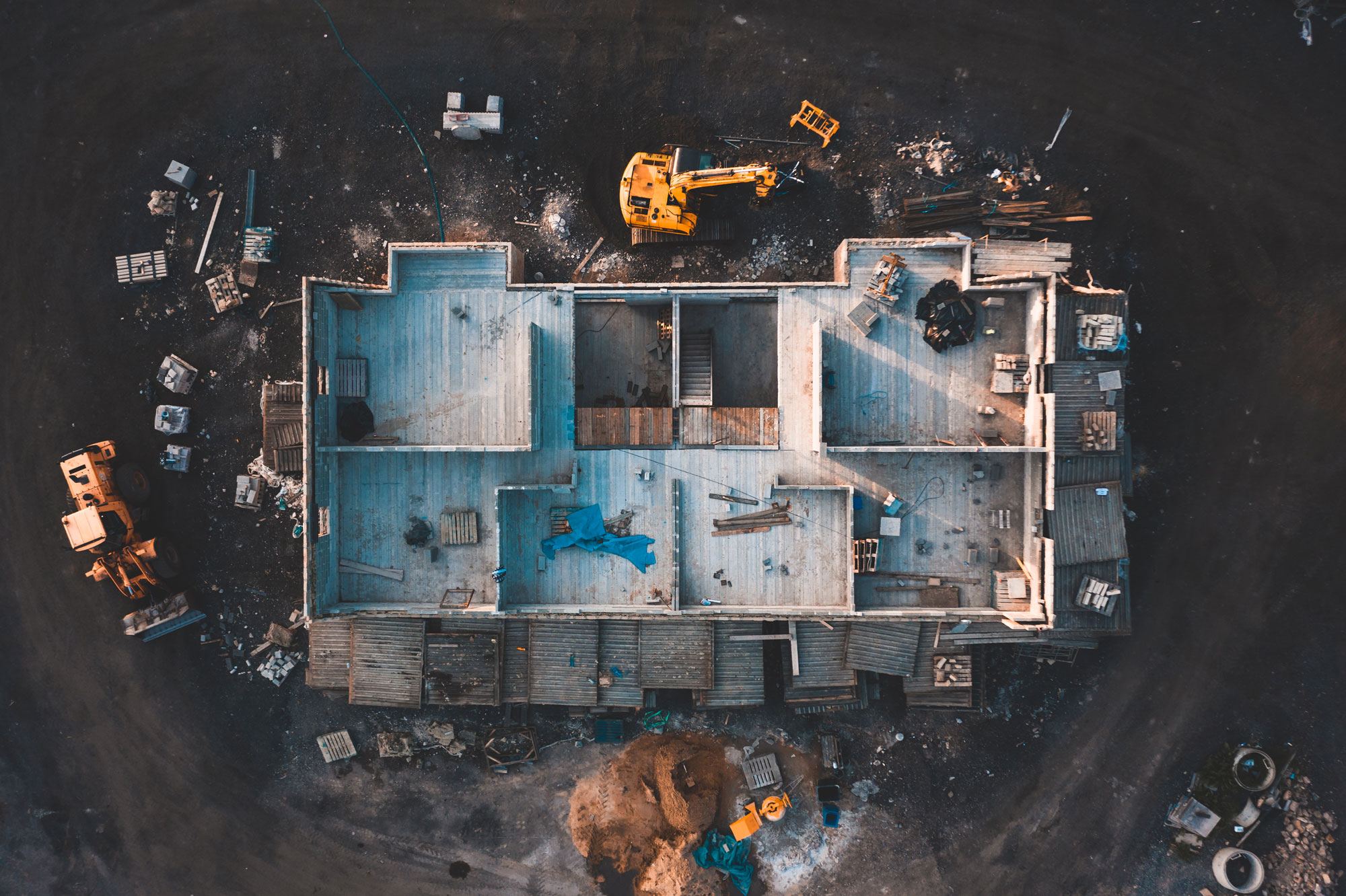
 Login/register to save Article for later
Login/register to save Article for later





